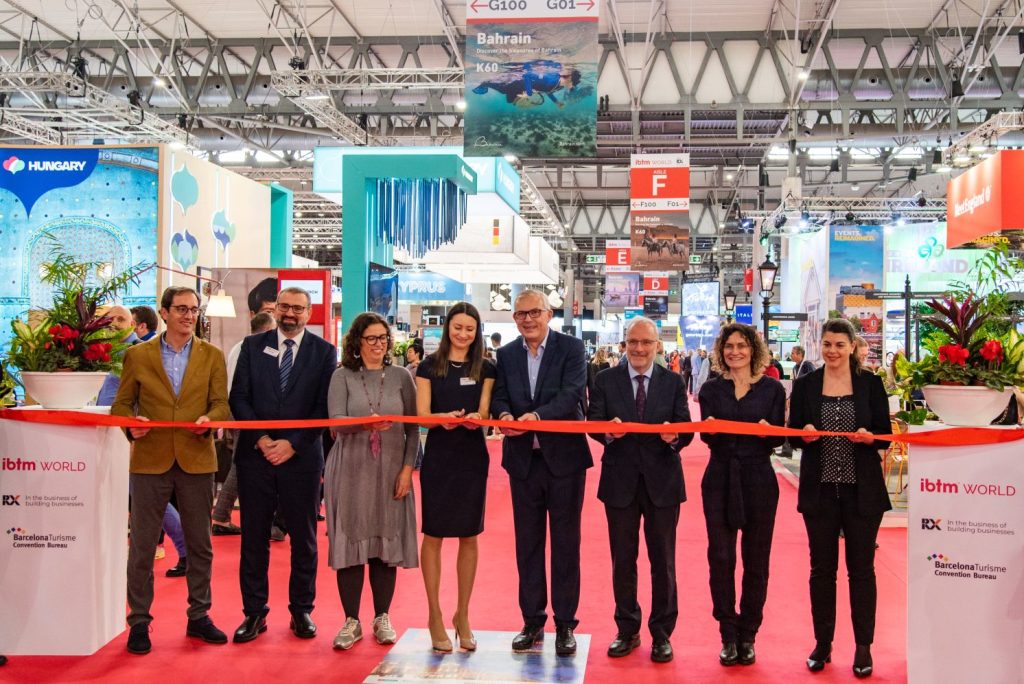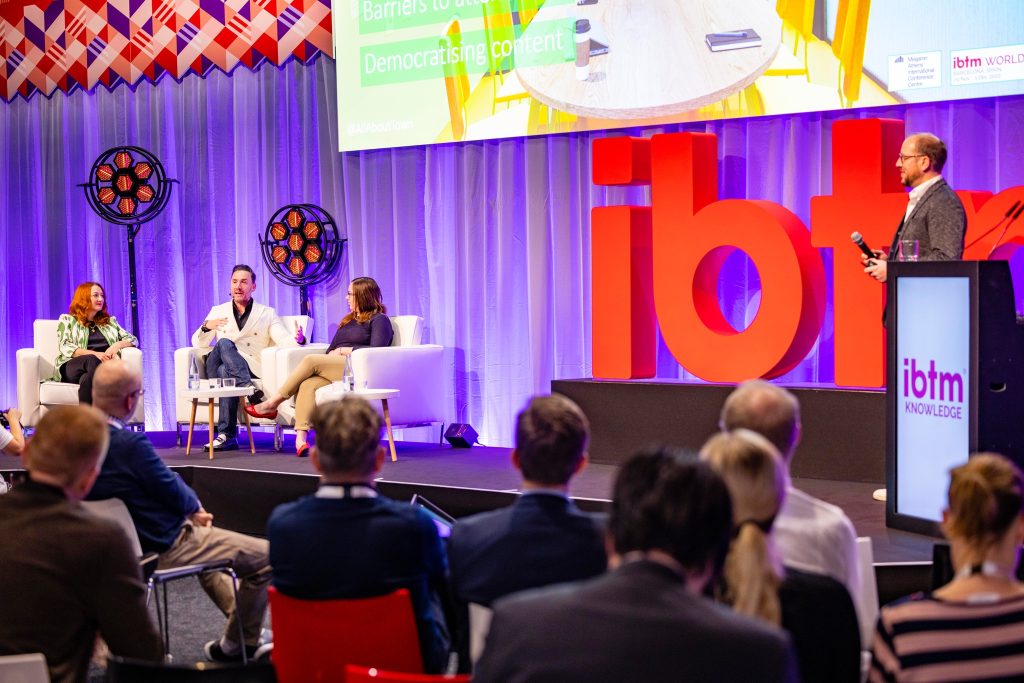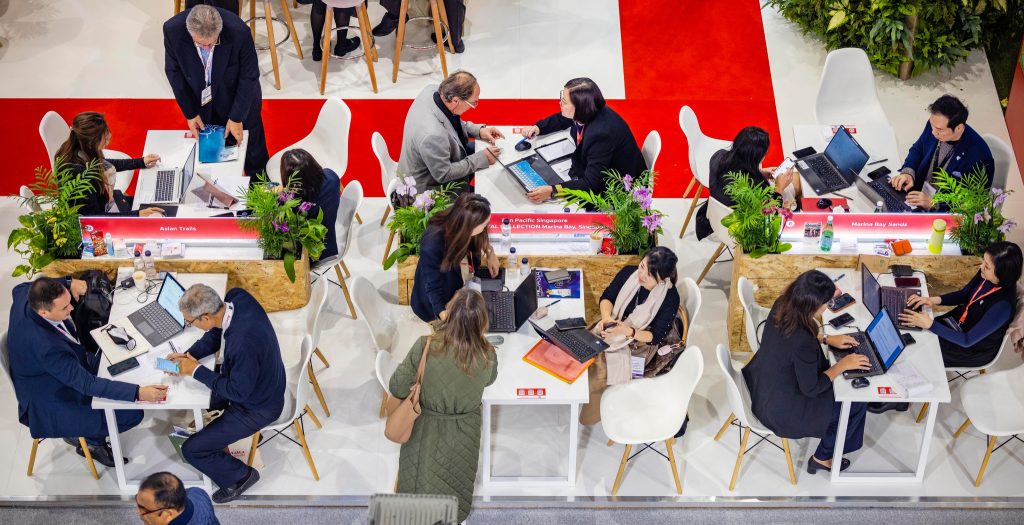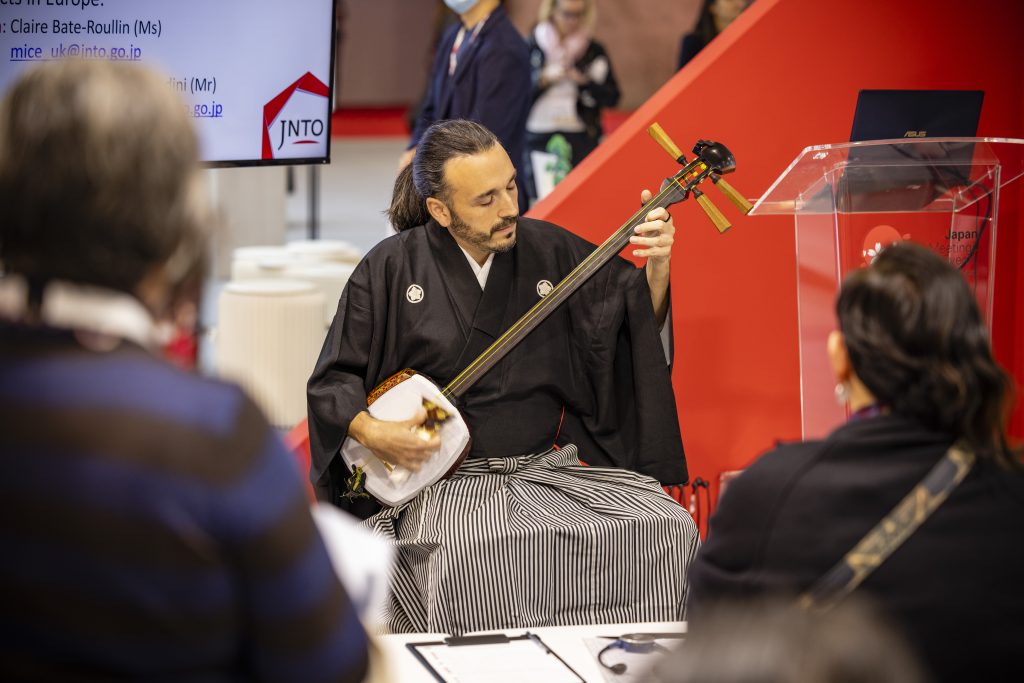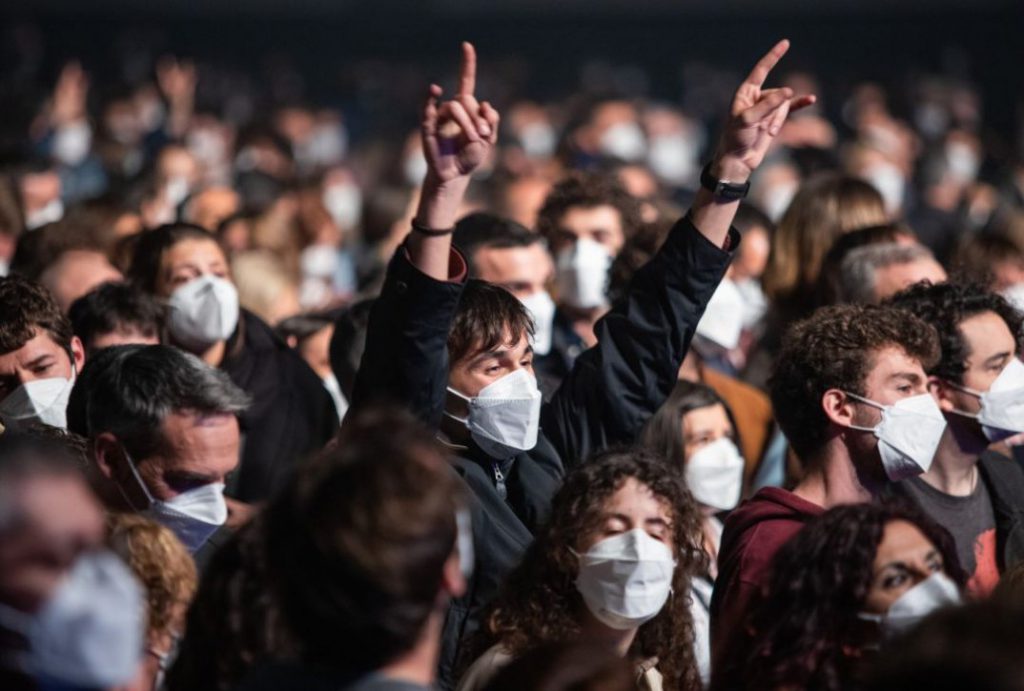
Share news
Listen
The keys to this event. They are simple: all attendees, on the morning of the concert, had to undergo an antigen test (negative, of course) in order to attend. During the concert, at night, without distance, they had to wear an FFP2 mask, in addition to the fact that the ventilation in the Palau Sant Jordi was greatly reinforced. As Jordi recalls, antigen tests are very efficient in detecting not so much who is infected, but more precisely who can infect, something even more important when organizing a mass event. With these protocols, 5,000 people enjoyed a concert “almost like the old ones”. We do not analyse here the emotion of participants, surely you have seen testimonials, videos, images that say it all. Let’s take a closer look at the learnings.
A moment of research. It was not (only) an event of reactivation: it was above all an essential scientific study to understand the risk of contagion in massive events, thereby providing knowledge that we did not yet have. It is indeed surprising that one year after the start of the pandemic we still have such an imperfect knowledge of transmission factors…
This type of event with strict protection measures does not only have no negative impact, but even a positive impact. “When the pandemic arrived, I started to get in touch with all the administrations (city, autonomous community, Spain) and offered festivals as spaces in which to test models that allow us to avoid confinement. Setting up a festival is like creating an ephemeral city, with all its services… except that we have very rigorous access control protocols. It seemed to me that this would allow selective confinement instead of a total one”, Jordi commented. He quickly realized that the tests were still lacking reliability, but better ones were launched in September, a good tool to know who can infect.
“On this basis, we worked on this idea of generating a health bubble by testing everyone and removing the distance. A first test was made at the Apolo venue (organised by Primavera Sound), testing 500 who attended the concert and another 500 who did not, and the results were exceptional. On this basis we proposed to scale up, with this concert at the Palau Sant Jordi with 5,000 people, in a concert divided into 3 groups of 1,700 people”, he adds.
The result was again very good: six positives were detected among the 5,000 people, all asymptomatic, including 4-5 “super contagious” people. The doctors estimated that these six people would have infected 60-120 people if they had not been tested, with which the concert and this mechanism avoided this number of infected.
Then, after 14 days, the public health system matched the database of attendees with those of the health system. There were 6 positives, 4 of whom know that they have not received it at the concert, while the other two did not know the origin of the disease. Exceptional results: not only is such a concert safe but it has an impact is that it facilitates prevention (2 possible cases due to the concert, 60 to 120 cases avoided!).

The metaphor of the four layers. Jordi comments on the very clear metaphor a doctor used to explain risk prevention: “It is as if we protect ourselves with layers of Gruyère cheese (with holes). The physical distance is a layer; the mask is another layer; a third is ventilation and open air. And with this concert, we have substituted the physical distance for the antigen test, and with these three layers we saw that it is almost impossible for there to be contagion. Now we are thinking about removing another layer: that if the event is outdoors, the tests can be removed, or that with tests, the mask can be removed. Research will continue… and the idea is to have a method that could be useful for future risks ”, he adds.
Knowledge for the future. The learnings from this project will serve the future. “Vaccination is going well, but there are new variants, the risk has not gone away. The only thing that guarantees us to be able to return to activity is to follow this type of process and have a good knowledge of the keys to health security in events”.
Christoph Tessmar comments on the impact of this experiment. “The international repercussion has been impressive. We have been contacted by many people from international MICE magazines; this has positioned Barcelona as a leading city”. It conveys the image of a city that has done its homework. “We have the MWC at our doorstep, which has published all its protocols, including tests every 72 hours. ISE will also demand tests. We can do events with all the protocols that are defined”, he adds.
Do not wait for the rules, but define them. This is perhaps the biggest takeaway from this project. Jordi comments on the need to dare: “It’s like when you go to see your lawyer: by default, he says that you can’t sign this or that thing. Likewise, the natural way is that health and interior authorities just focus on protection and therefore restrict what you can do. If we ask if we can do something, the answer will be no. We have to make proposals for a test plan, a research program, from which scientific conclusions will be drawn that will help them define standards. With rigor, with medical / scientific support. And a detail: with financing by the private sector (the whole process cost 500,000 euros for the Apolo event, and this concert cost 200,000 euros), therefore an important bet for a very affected industry.
Safety culture. This sector of musical events has many assets to be responsible and credible: it has already defined protocols after the Ramblas attacks in collaboration with the public authorities. The Cruilla festival has been giving a bracelet with a chip for years, and nobody uses money; there is a data center in real time that simulates the experience of the public. “It is a highly technological industry, and for this reason notions of a health passport will be easier for us. The administration had not seen that events can be an ally, but they are. When I see that they are setting up an ephemeral hospital, I think that they are the event organizers who should set this up. We know how to assemble these things in a short time, safely and also taking care of people”, says Jordi.
MICE, so safe but not recognized. Christoph commented that they have held an event (back to Events) in collaboration with the Chamber of Commerce, where they have carried out tests and reminded the importance and responsibility of the MICE industry, and worked for this recognition, like culture and sports are getting” (these events are taking place with public, while MICE in Catalonia is still very complicated until late May. “There is a lack of awareness and recognition of MICE,” says Christoph. In fact, it is a sector that does not ask to remove the safety distance, but only to allow professional events to be held.
Export this attitude to MICE. Christoph estimates that “we should be more active in research, but we already have perfect tracking systems. There are congresses without physical badges; the security issues that we work on in large congresses are very demanding. We have reinvented ourselves with each event and are highly responsible. The homework I give us all is to ensure the MICE sector is as recognized as others. Without even talking about its economic impact, and the impact on knowledge in medical issues, which is so important today”.
The value of event conceived as tests. Jordi makes a parallel with another event that did not have this dimension of research: “There was a great concert in December, that of Rafael, which stirred some controversy. It was done very well, with many security measures, but since there was no follow-up, no conclusions have been drawn, there was controversy … which there was not at the Barcelona concert, since it was a moment of research”.
Tests, excellent solution, but difficult. “The tests are complex and expensive. You have to identify people and give the result unequivocally, which is why it is important to be very rigorous. This is too complex to demand to anyone who wants to organize an event”, estimates Jordi. “But soon there may be tests in pharmacies, with identification of the person, so we can hope the event organizer will no longer have to do tests.” For this event, the cost was about 12 euros per person.
Responsibility of the participants… and useful education for the rest of their lives. “The people have been extremely civic and responsible. In fact, the incidence in attendees in the weeks after the concert was 130 per 100,000, when the general population has had an incidence of 260. The education and awareness-building that you develop for such an event ends up allowing a very effective sensitization. And during the concert, people behaved especially well”, says Jordi.
Other tests. In Liverpool, an open air concert was organised, in which he removed his masks. An event in which one of the famous “layers” was removed. And other tests are carried out, in Sitges (by the nightlife industry) and Girona (restaurants), and more… Research is underway.
And for this summer, events are planned at a distance, in the open air, but research is also continuing and there will be three large-format festivals, including Cruilla, which will be held with 25,000 people, and therefore with sensations very similar to those of before , but with tests every day before entering. And within the enclosure, there will be no distance or sectorization. This is an exception, justified by its dimension of research, for example on the value of antigen tests done 24, 48 or 72 hours before (a data that we do not have today). Another dimension that will be analyzed is to see if vaccinated people do not need to go through this testing process.
Impact on regulations? The tests are there but in no case can the organizer be forced to do tests. Both ISE and MWC are going to do tests. The customer can be sensitized but not compelled. “At the regulatory level, the responsibility of our sector has been well demonstrated, and I believe that ISE and the MWC will help to normalize the events,” says Christoph.
The international impact? According to Christoph, “it shows that in Barcelona we are proactive. We now have to be both brave and responsible”. Now, this responsibility has to lead to effective reactivation.



